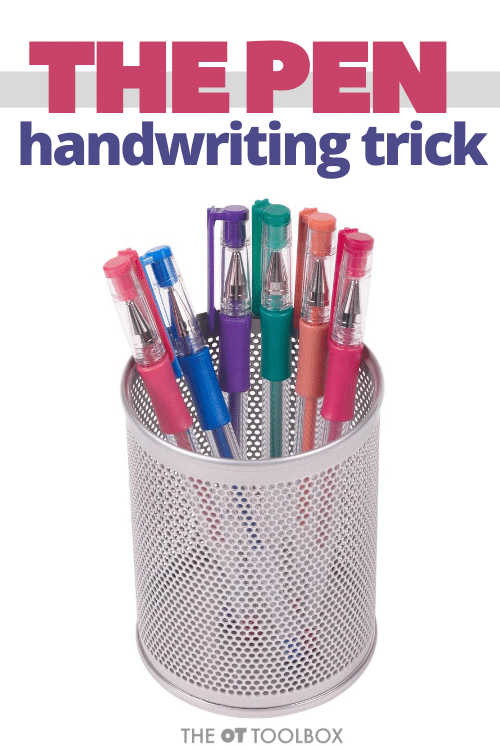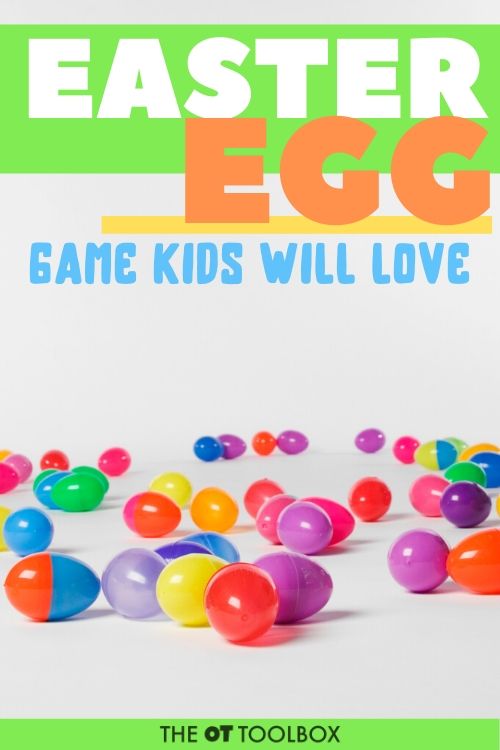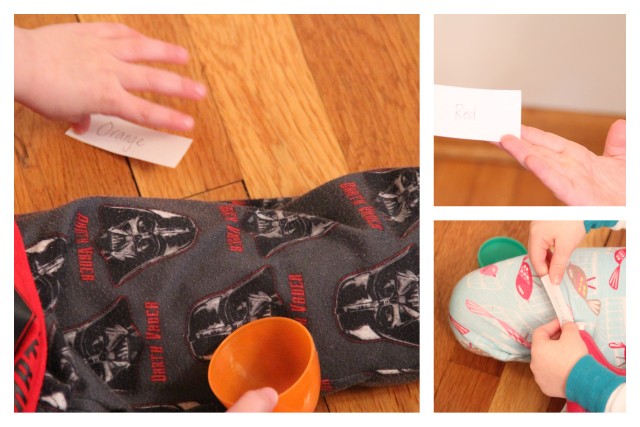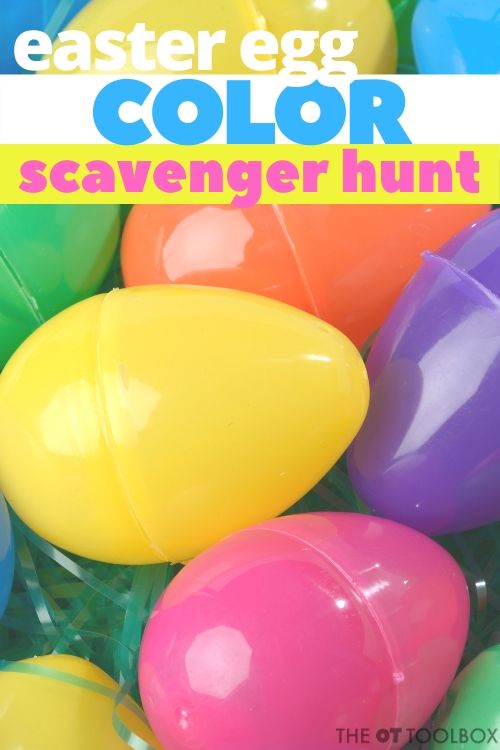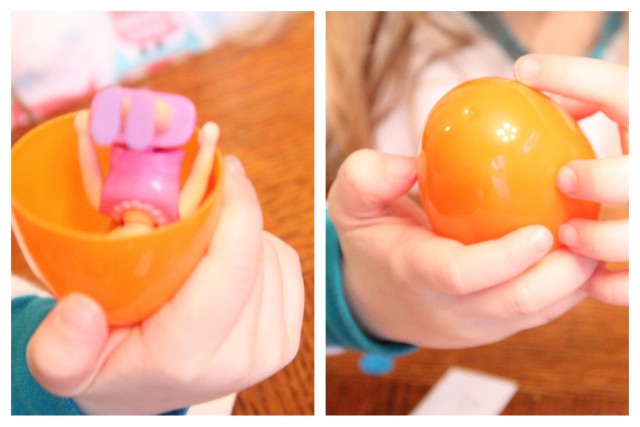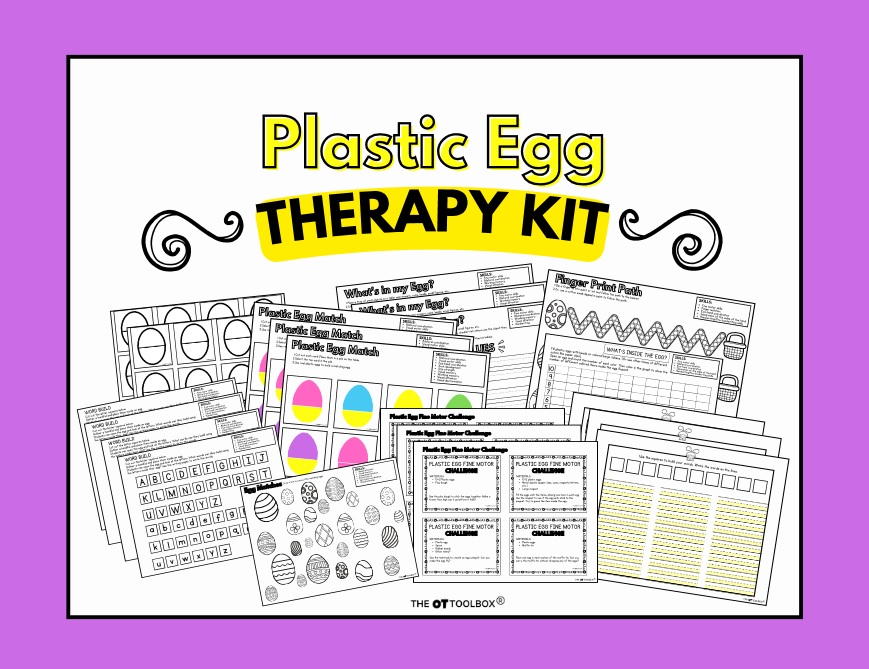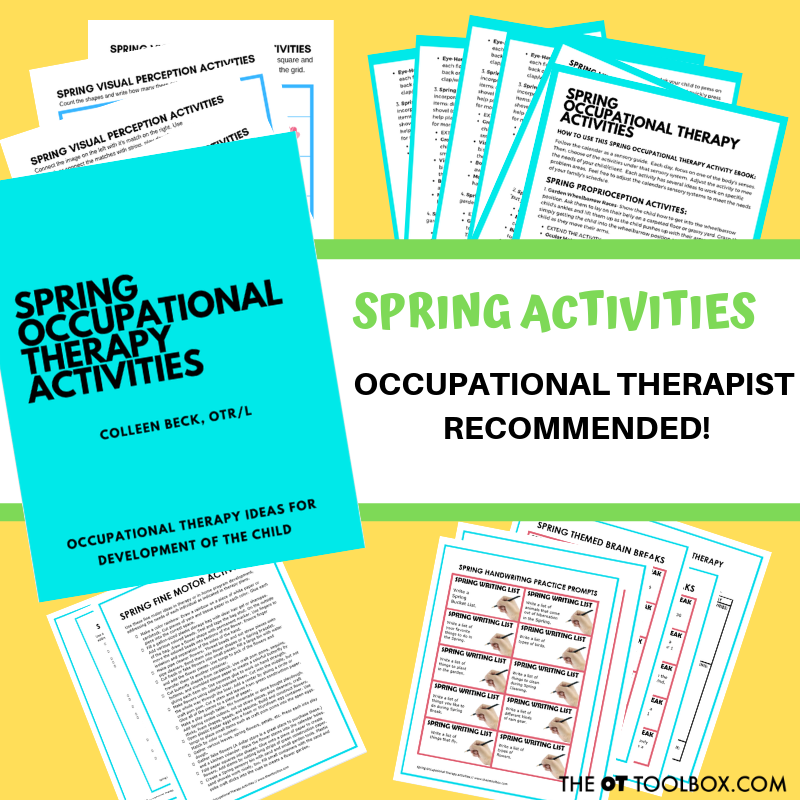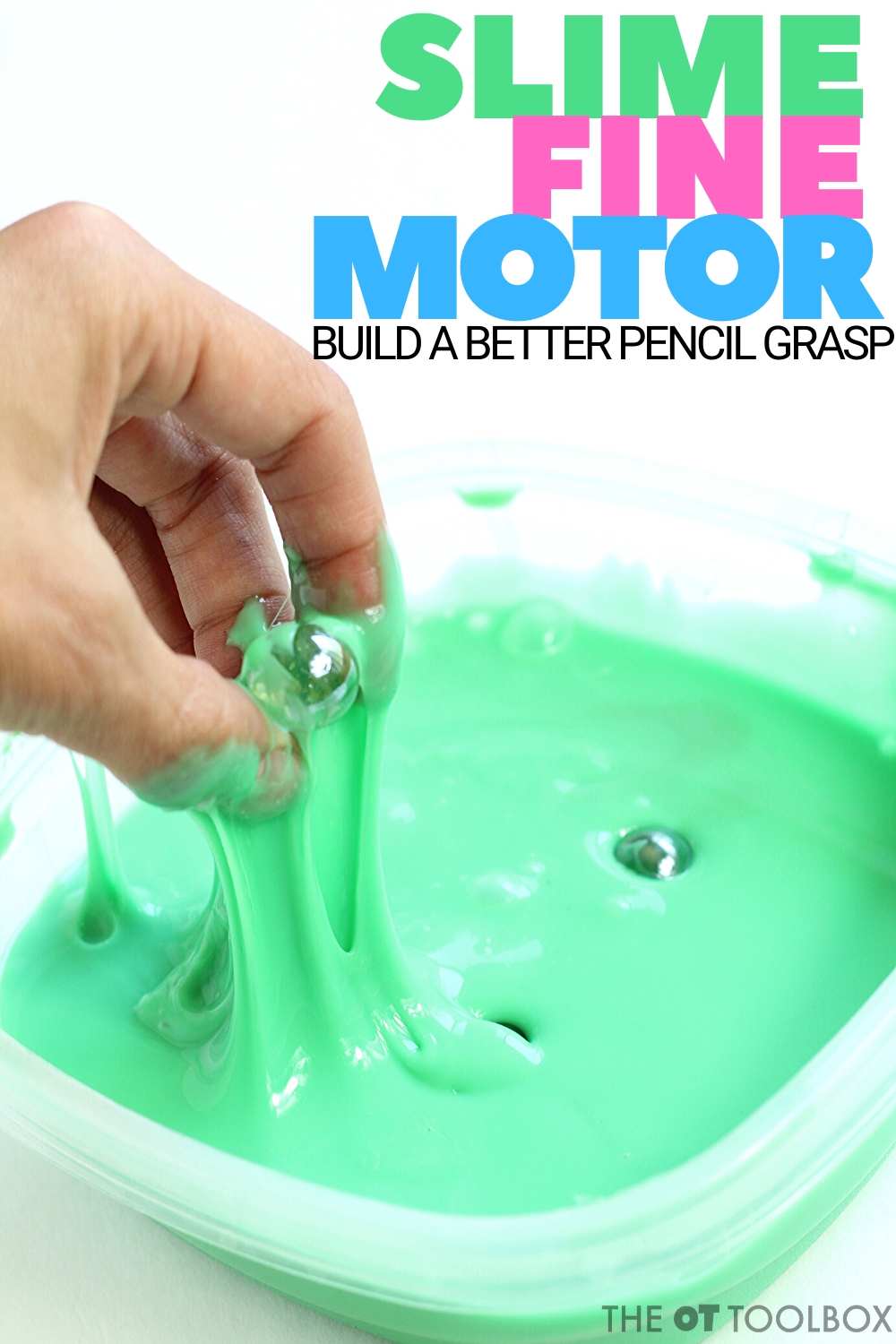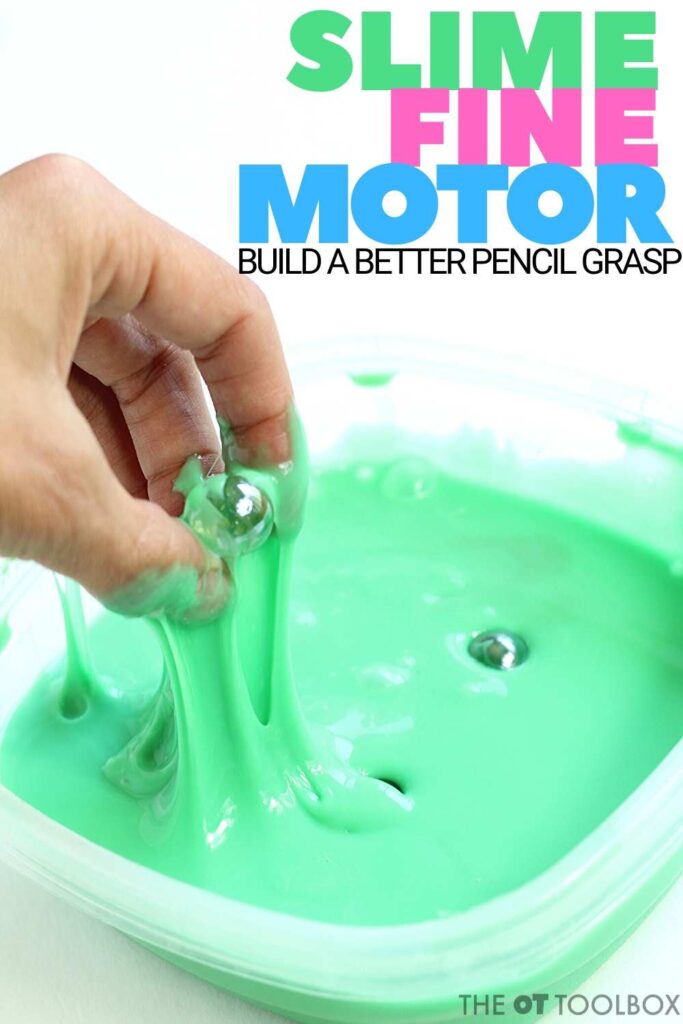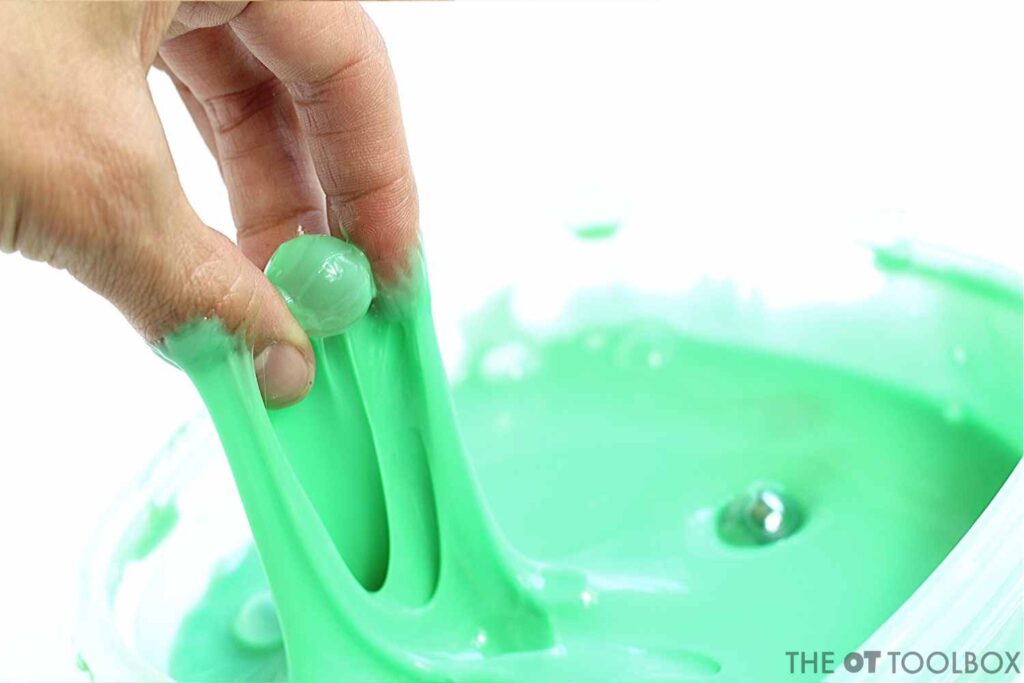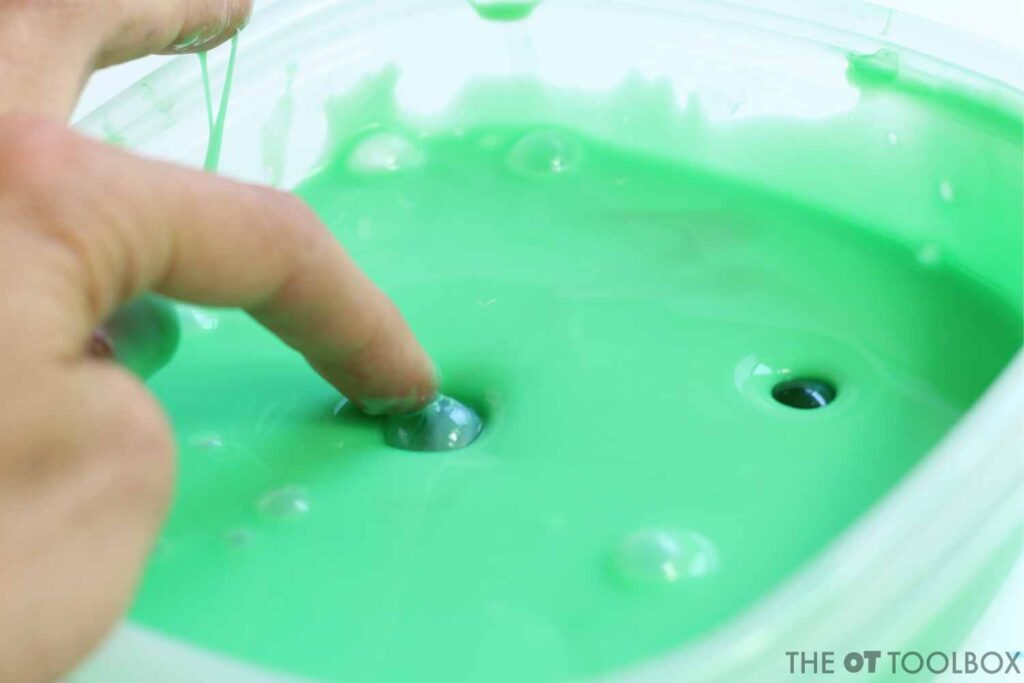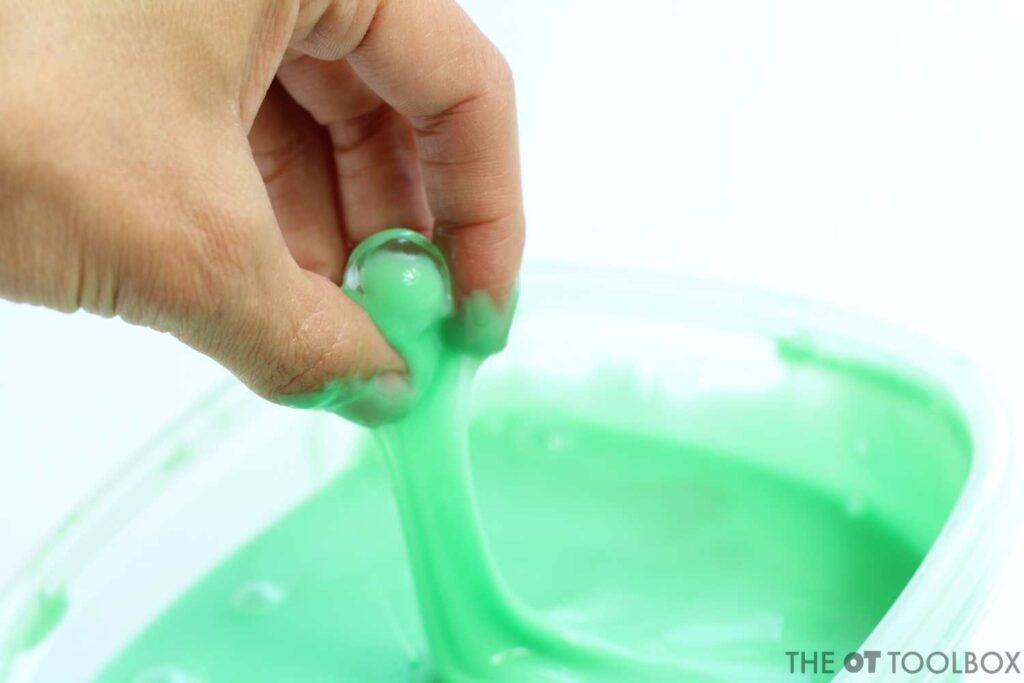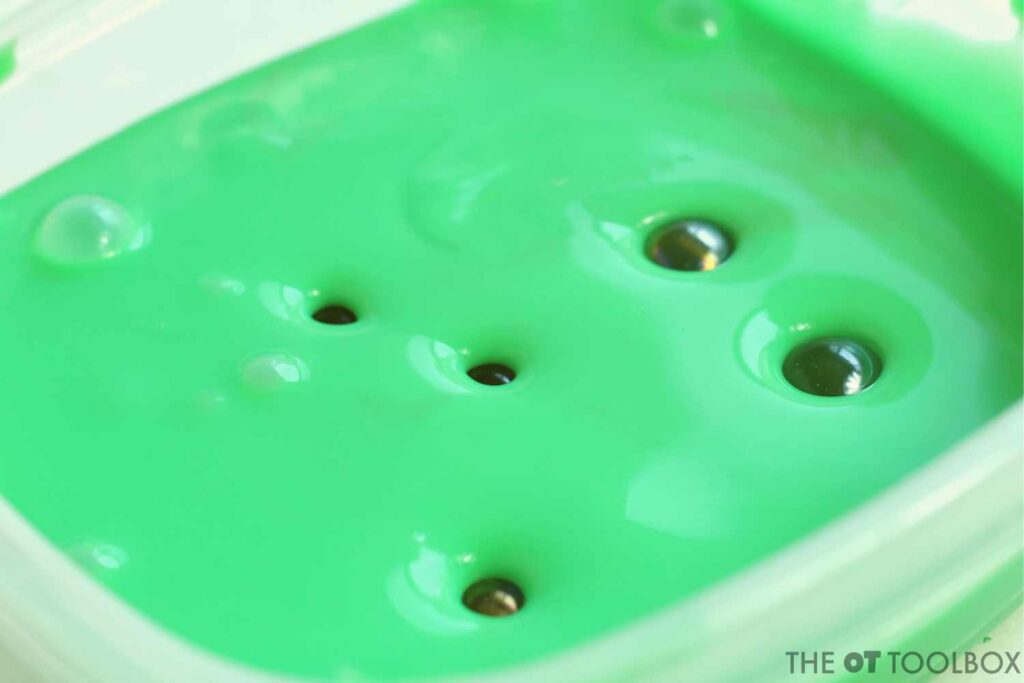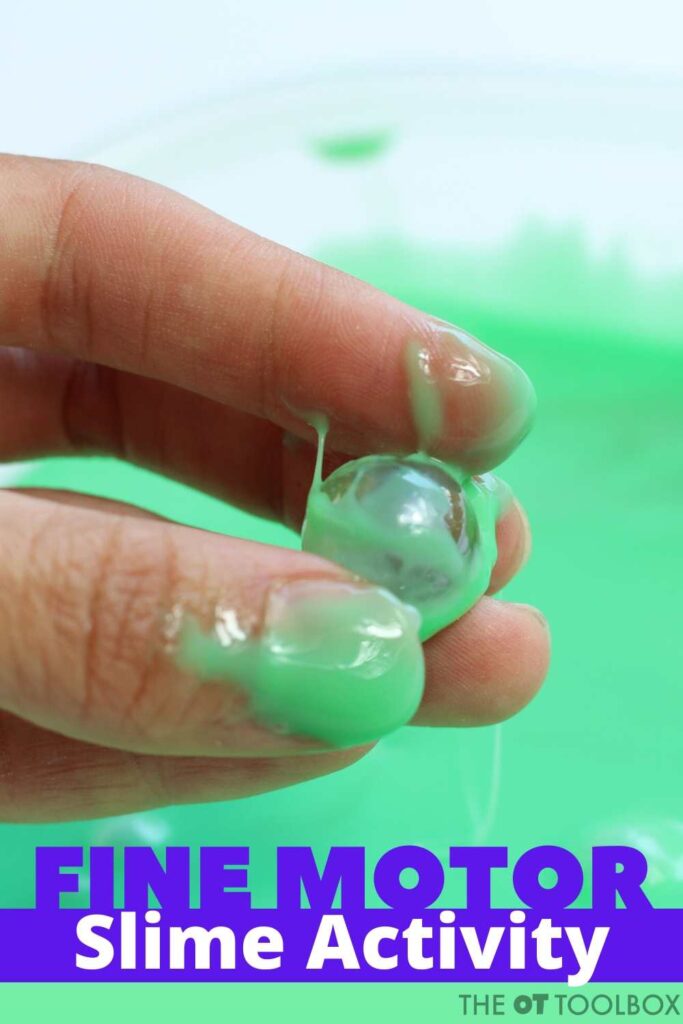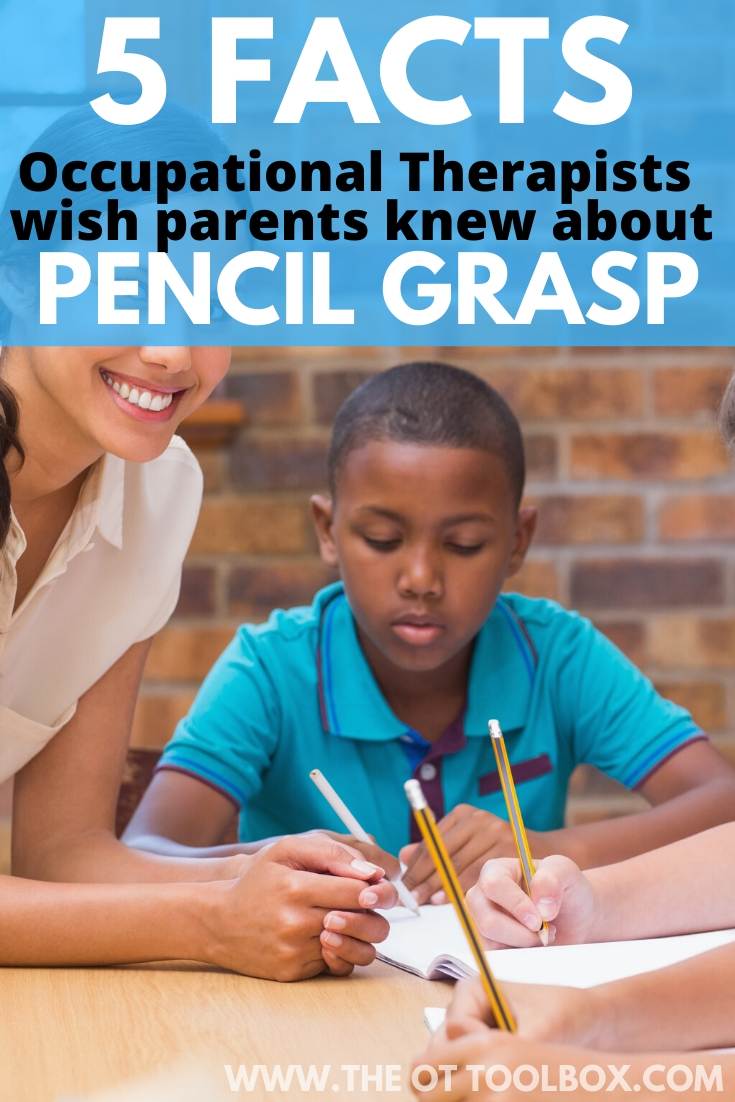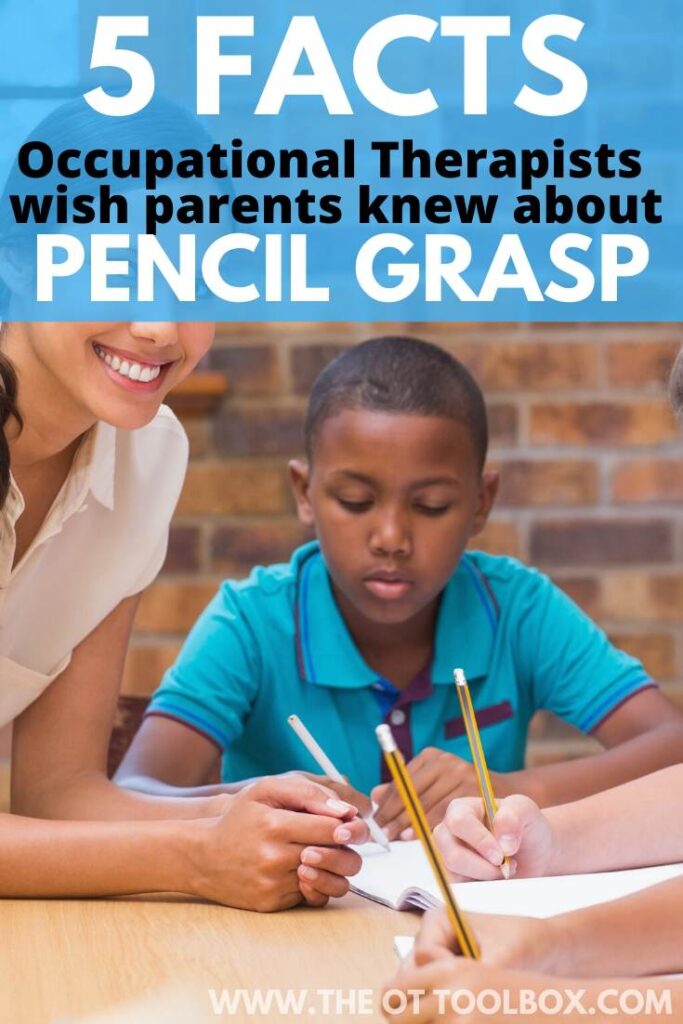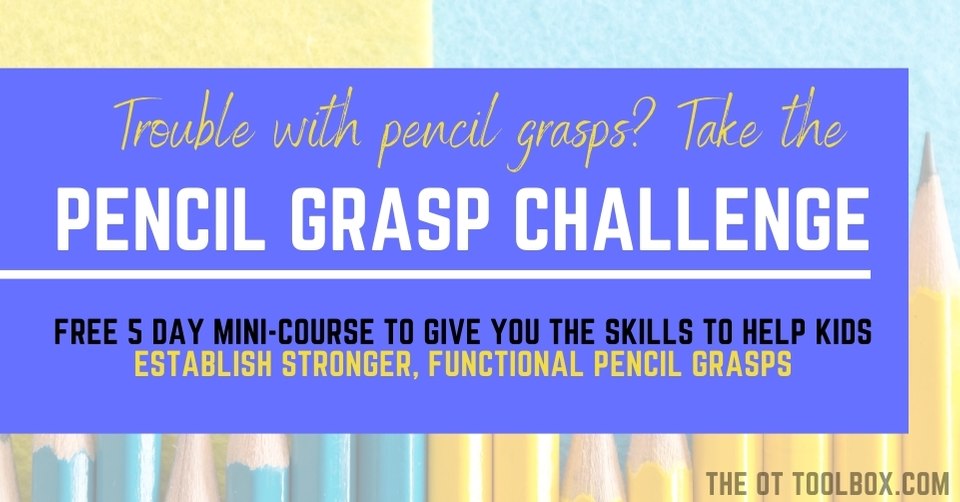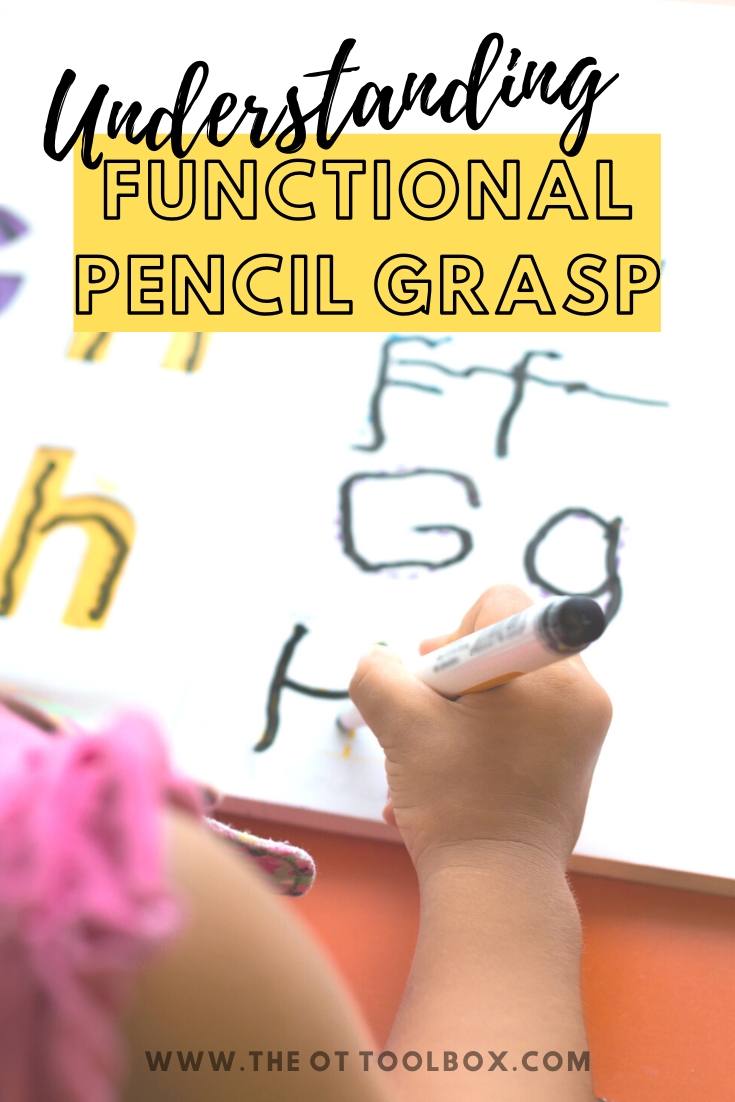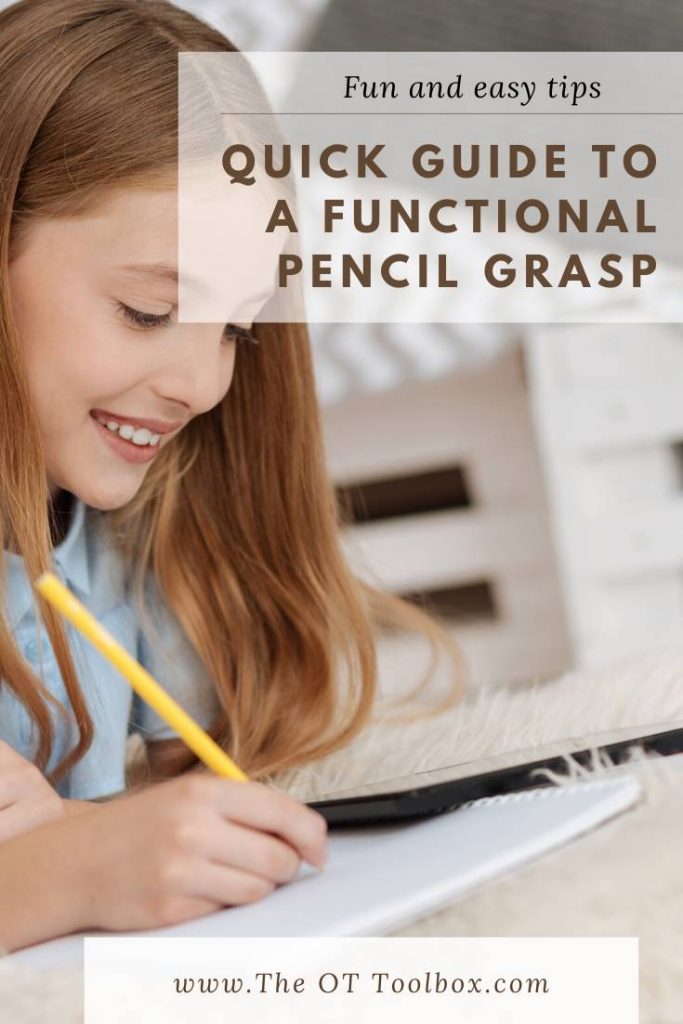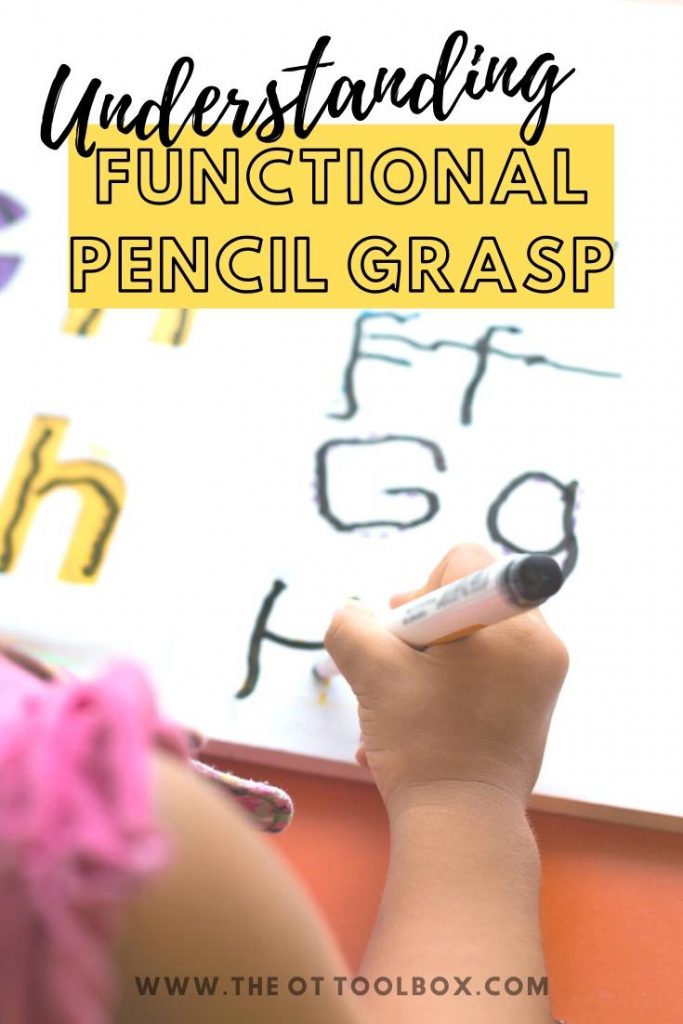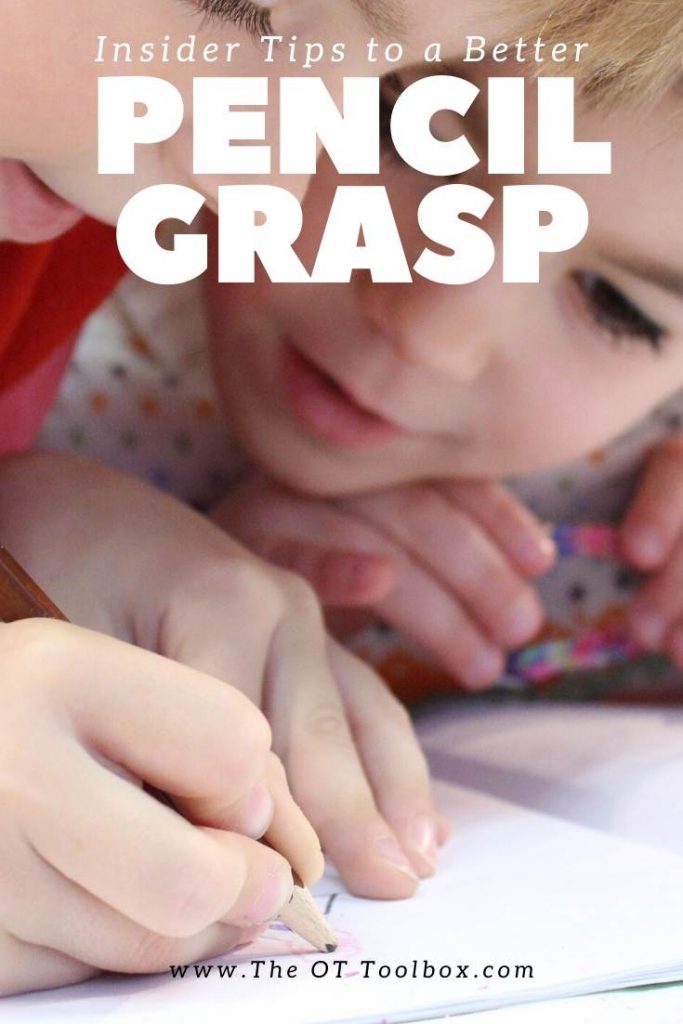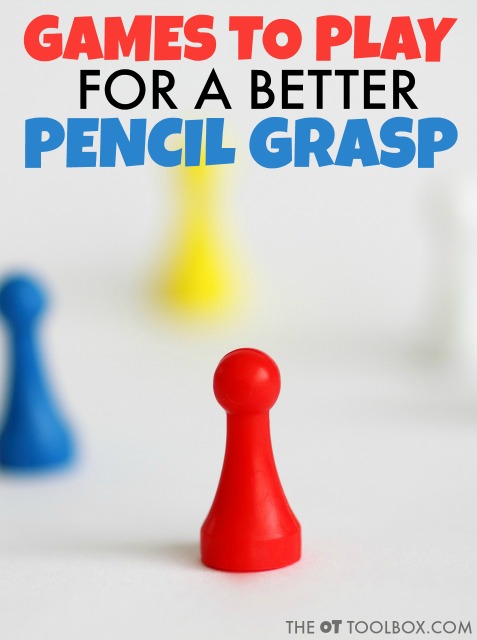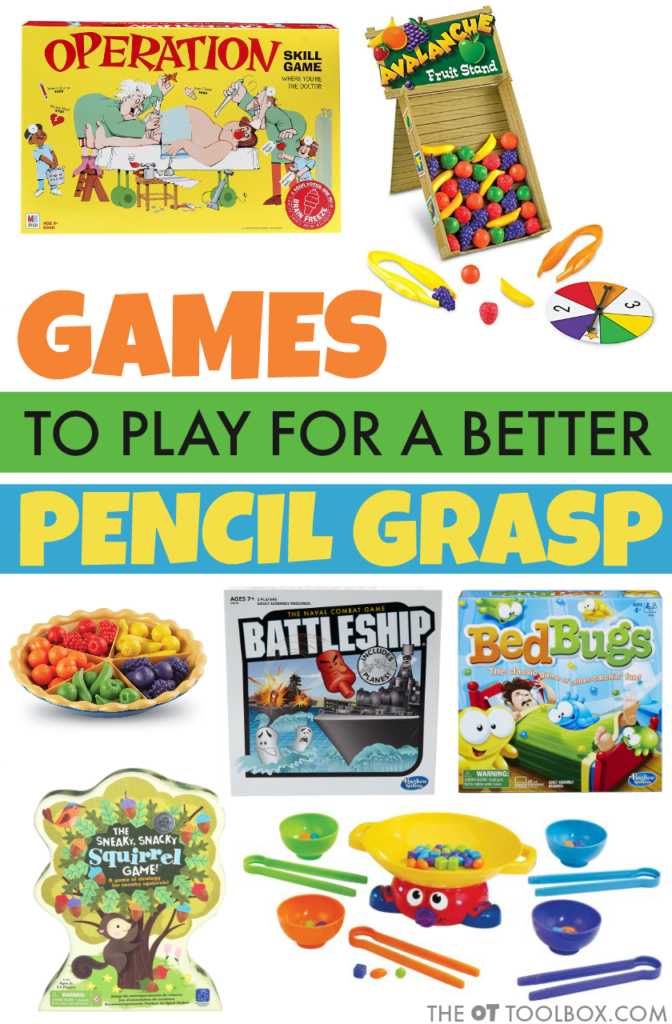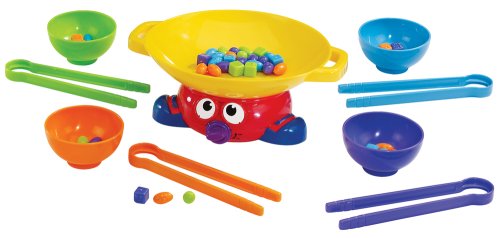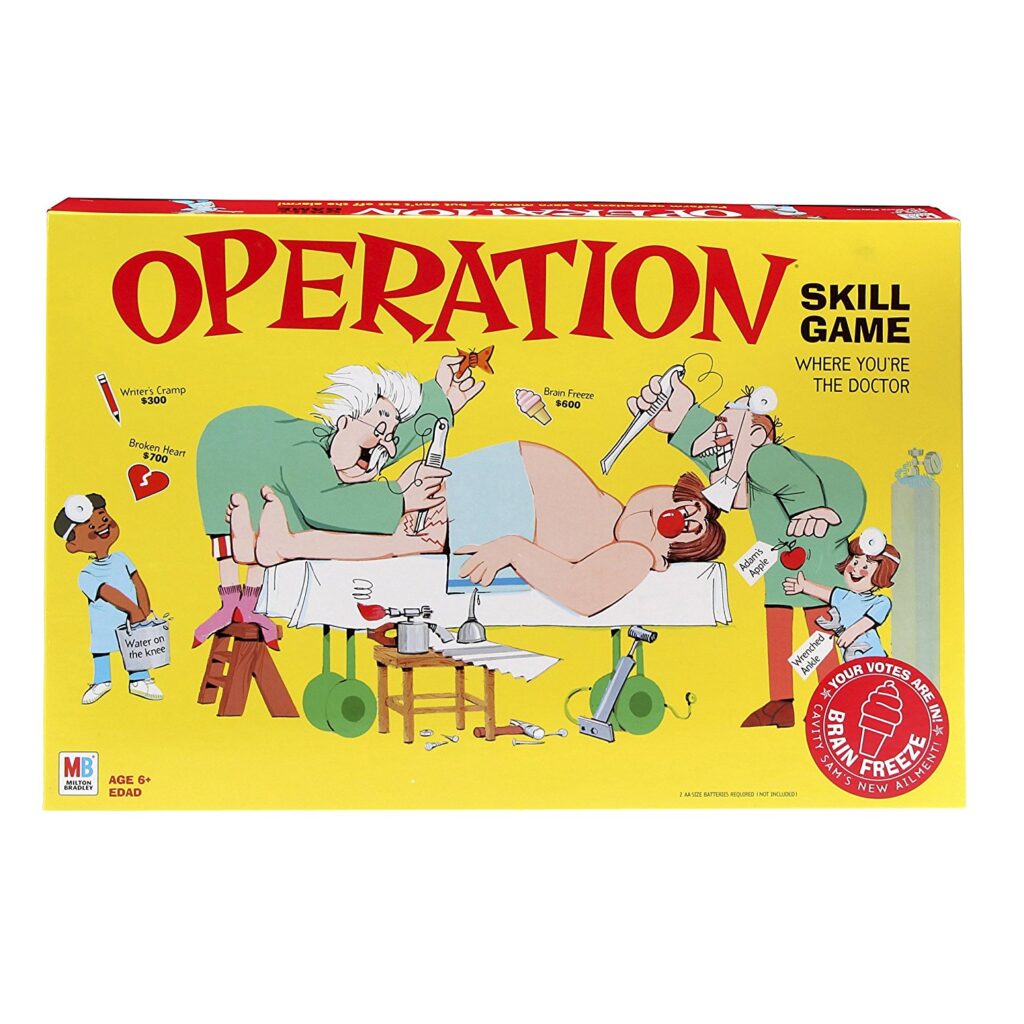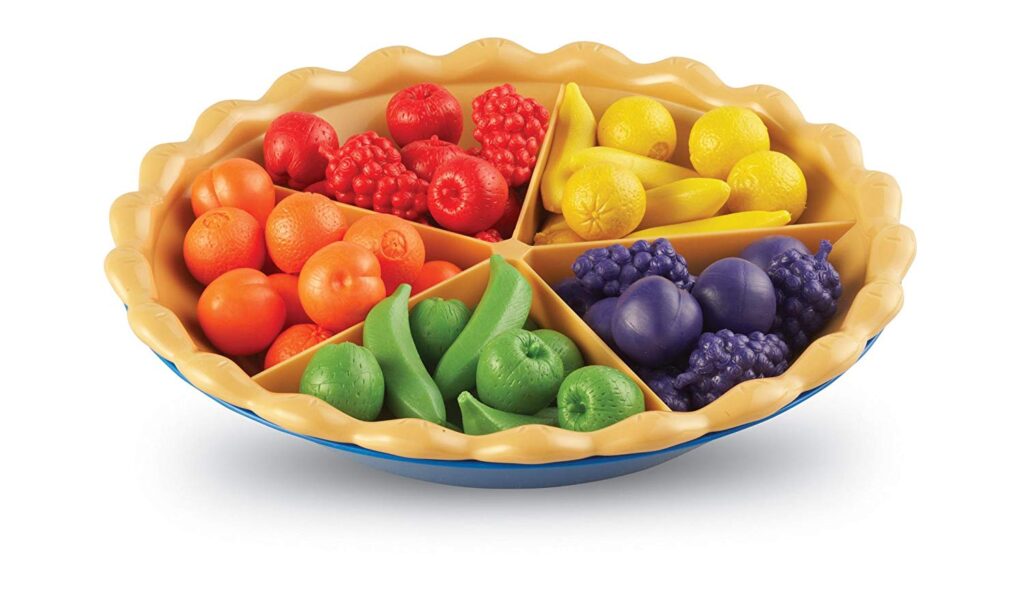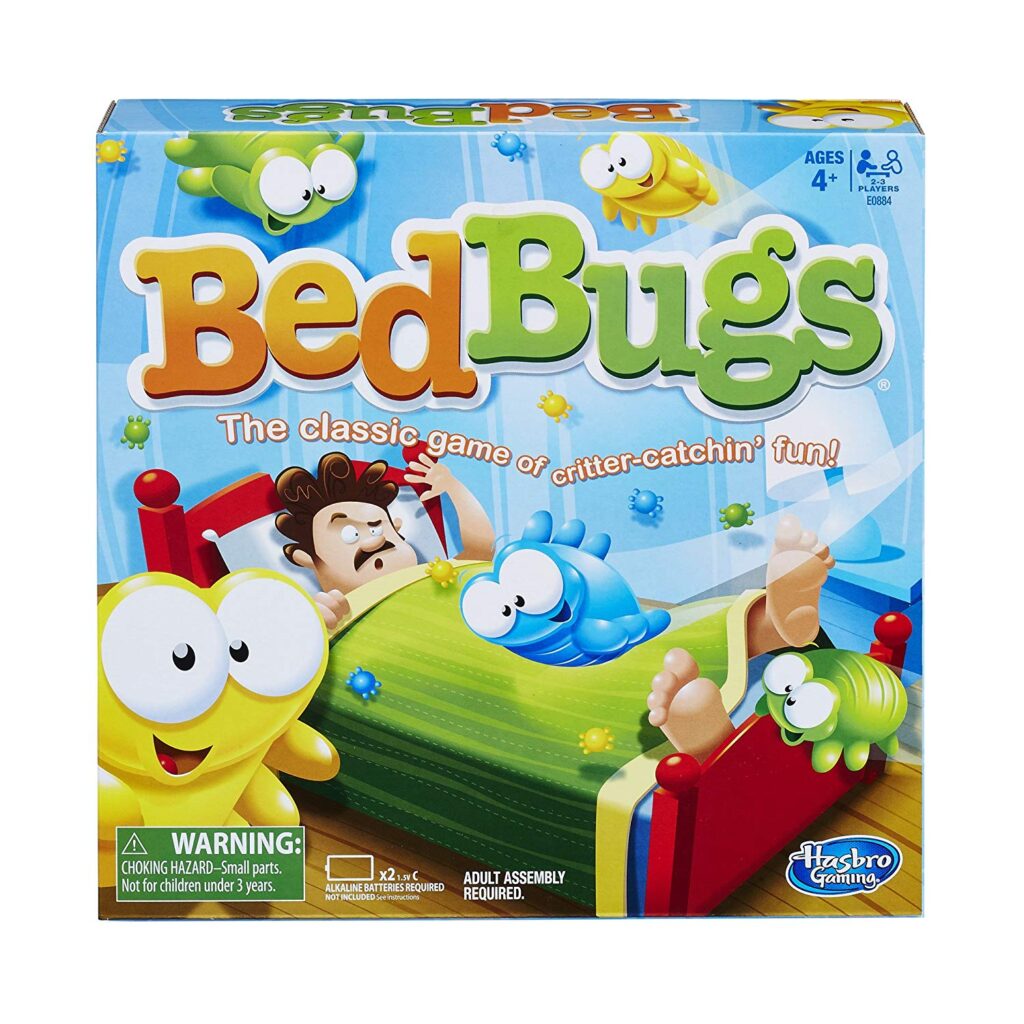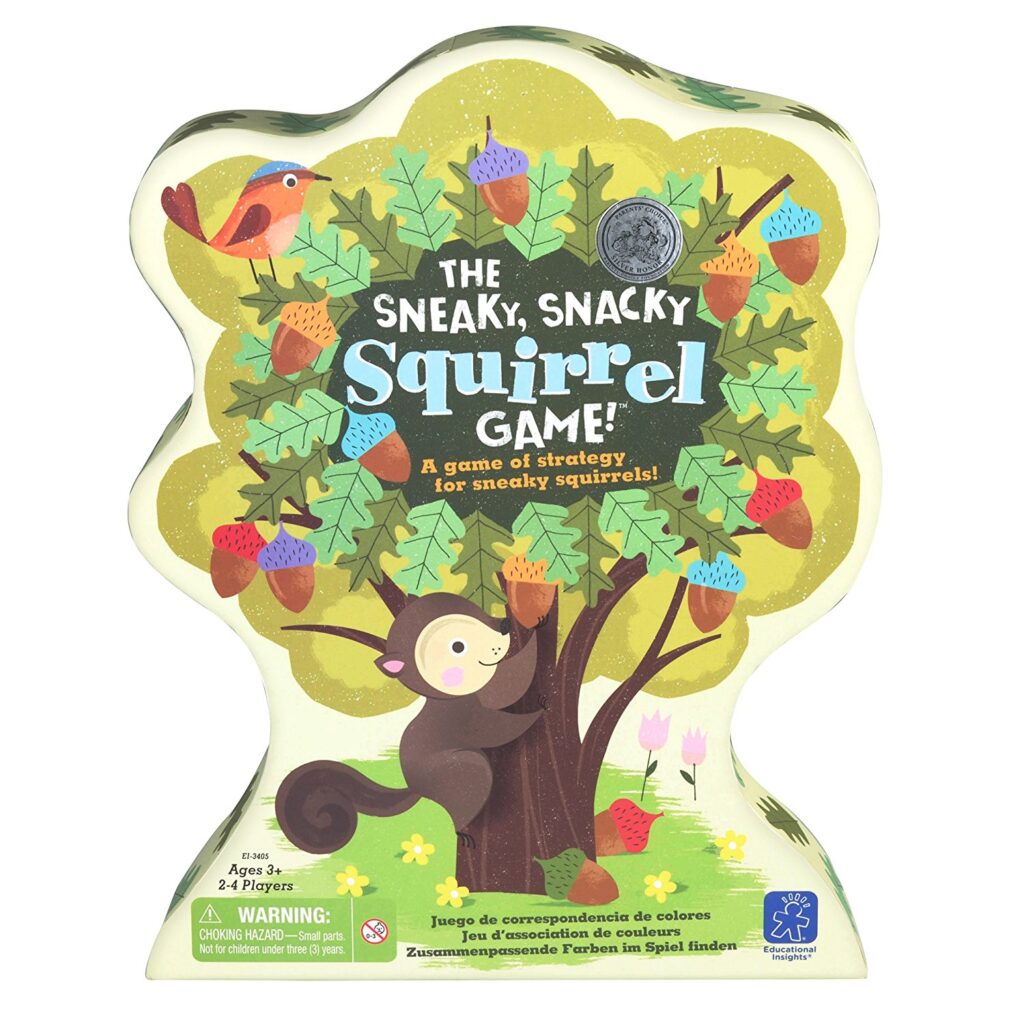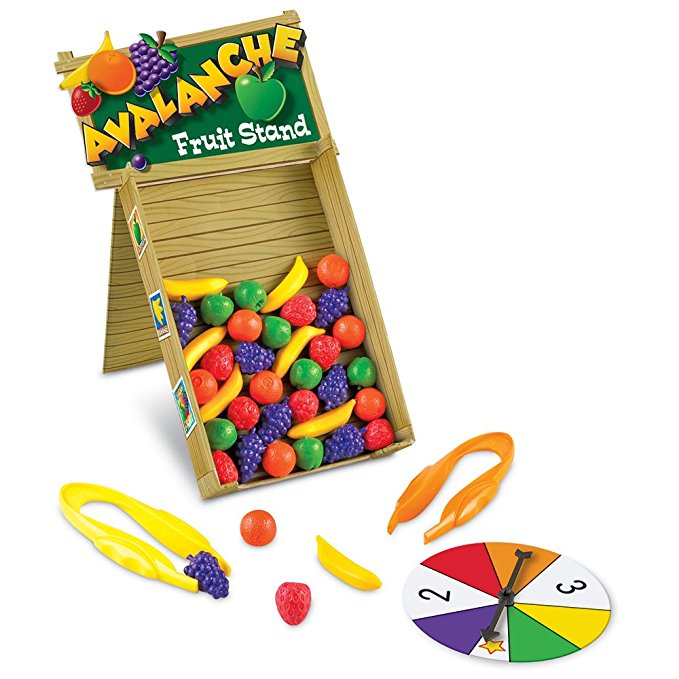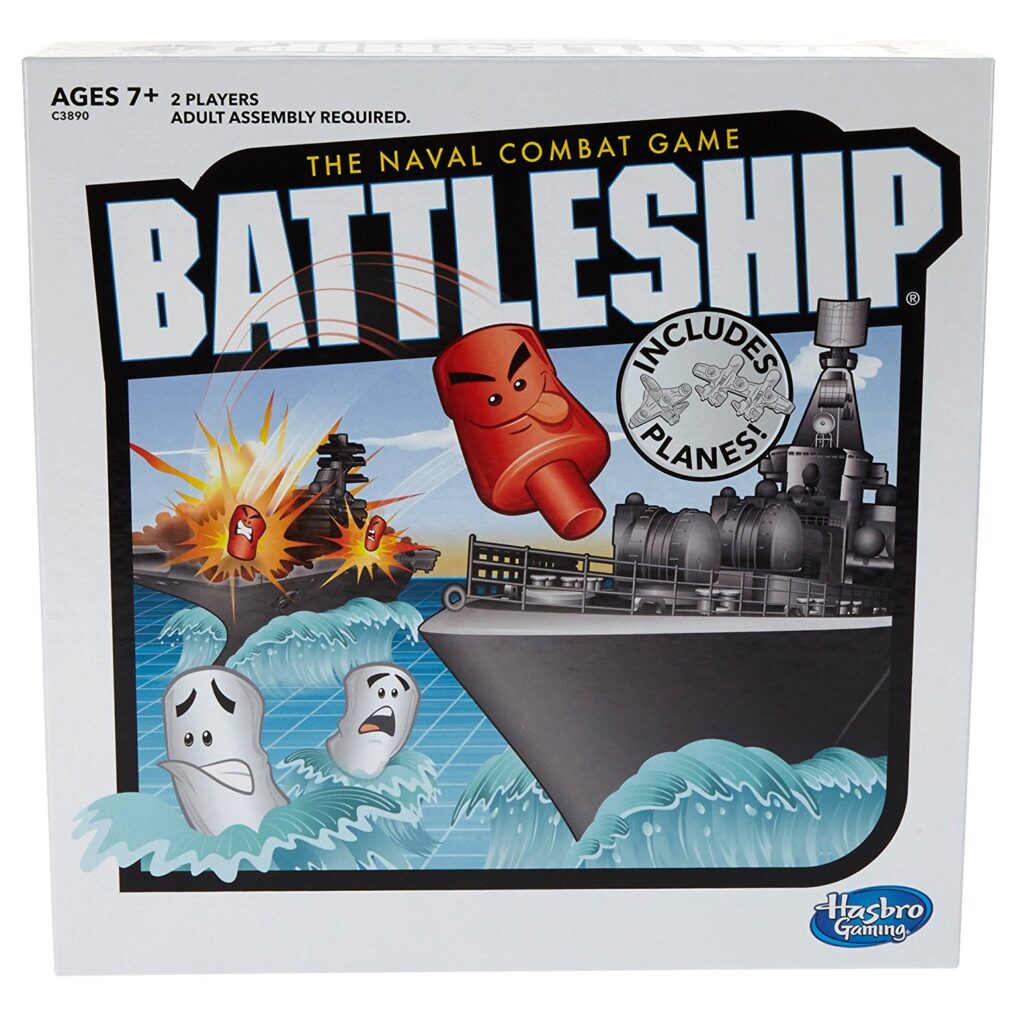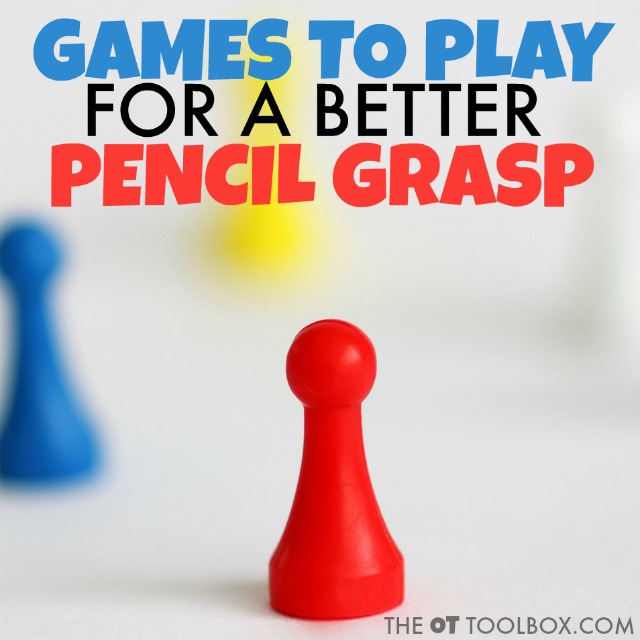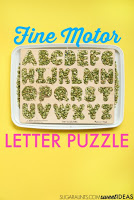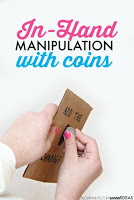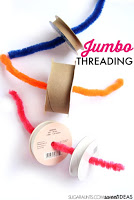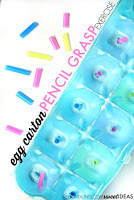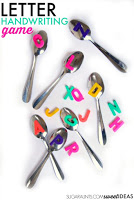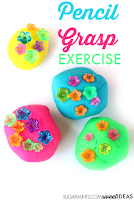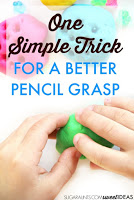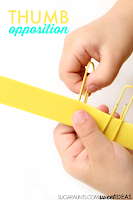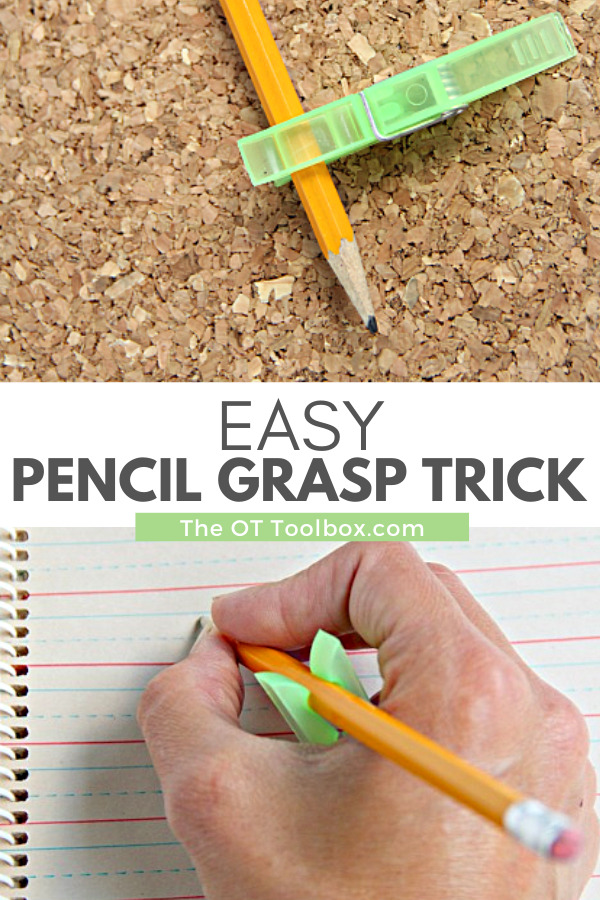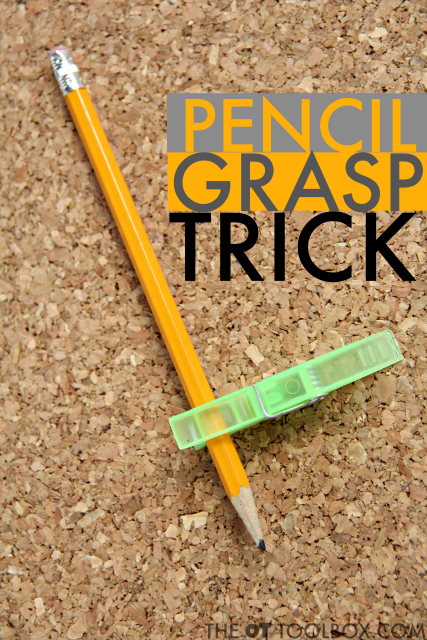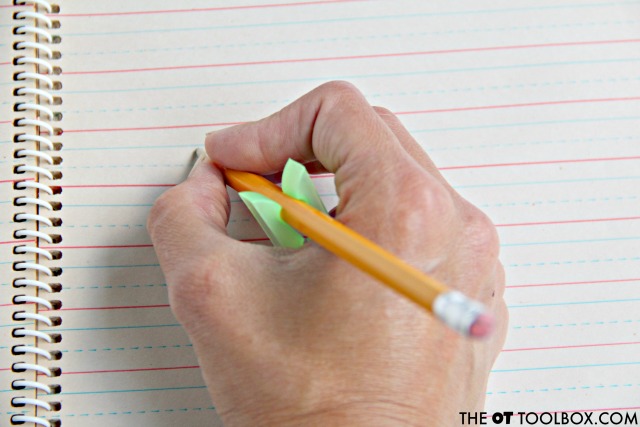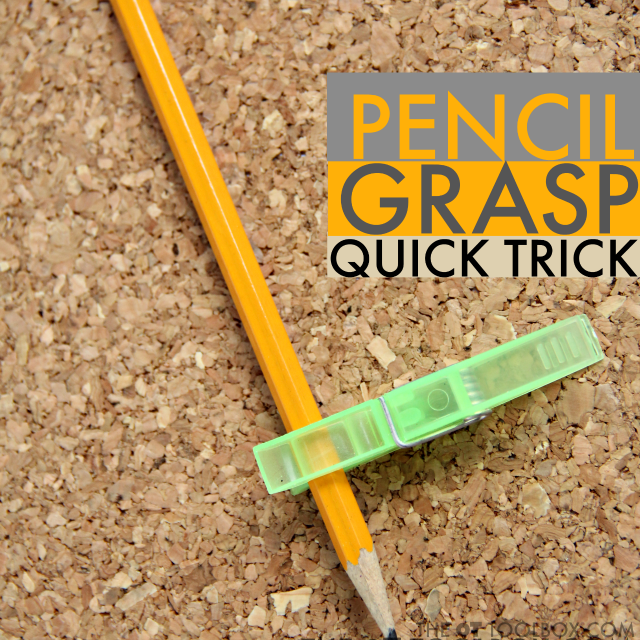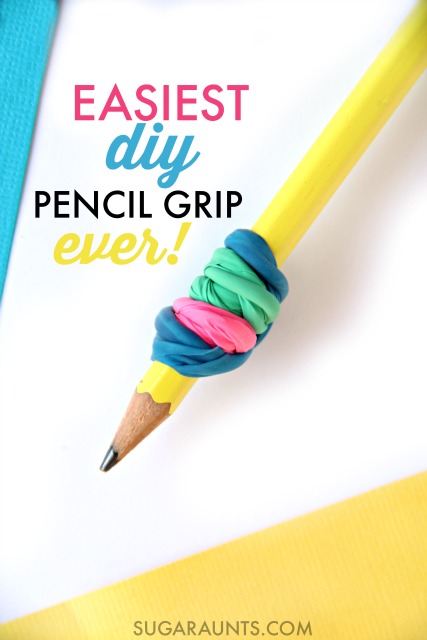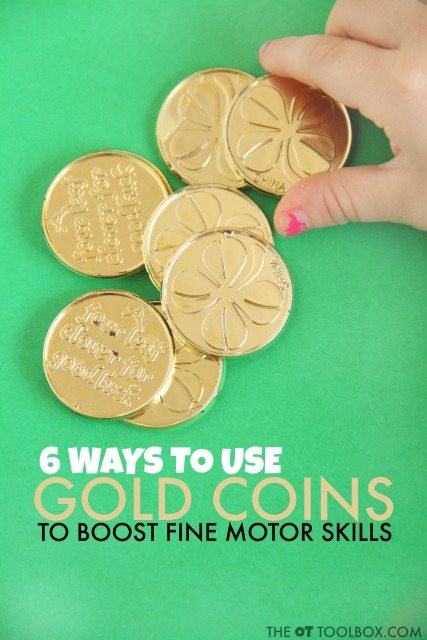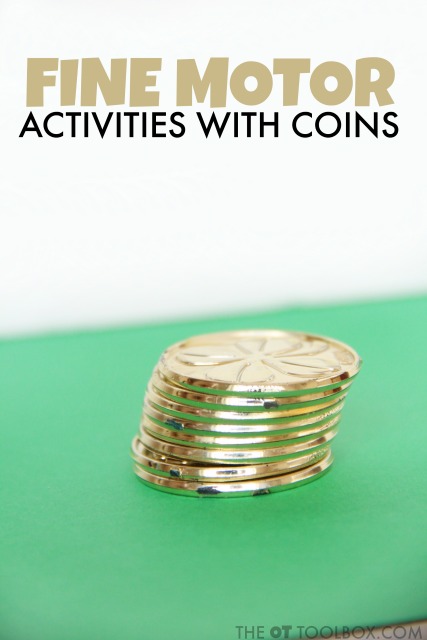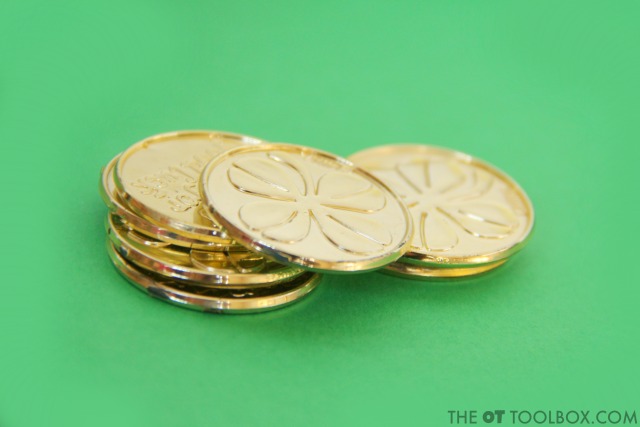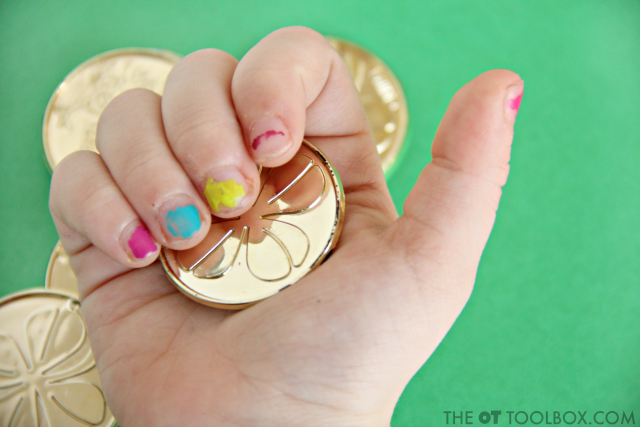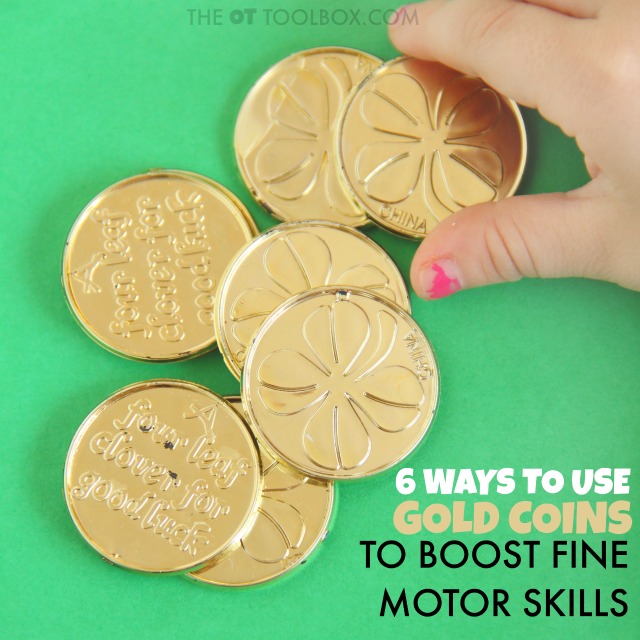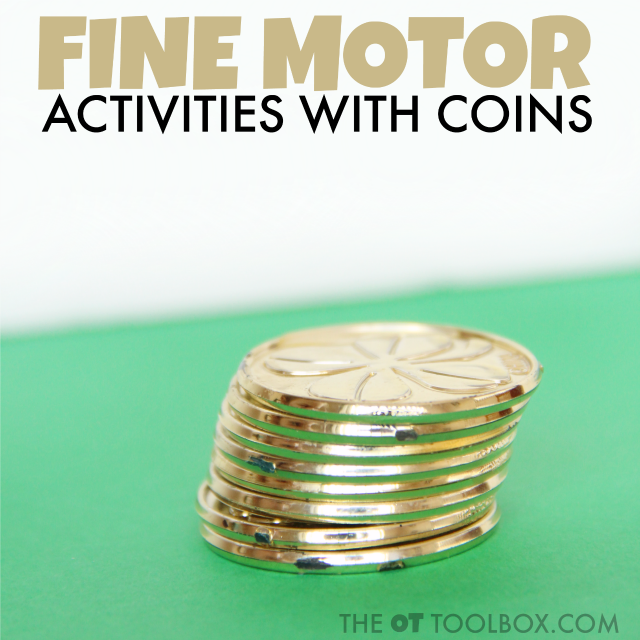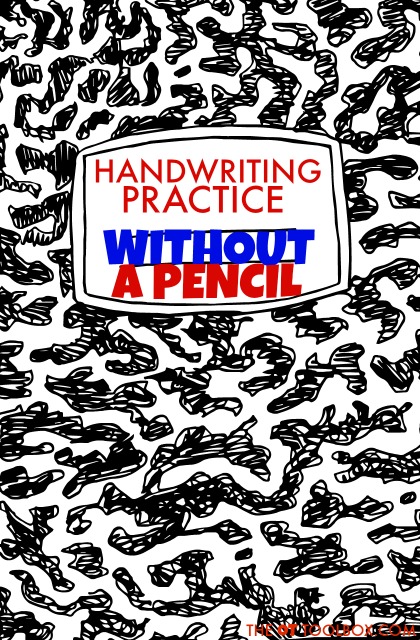Today, I wanted to share a tip for addressing handwriting pressure…using a pen grip! Pencil pressure when writing is something that comes up a lot. You may have seen children who press so hard on the paper that the pencil tip breaks or smudges and mistakes don’t fully erase. You might have a child that writes so lightly that it is hard to read their writing or their written work is brushed away by their sleeve. Writing pressure is a hot topic in handwriting legibility. We have a previous resource on pencil pressure when writing. There are many tips and tricks for addressing handwriting and writing pressure there.
For example, things like hand gripper exercises can show kids how much pressure is used to move a gripper to the full range of motion. Using that force to move the gripper helps them to visibly see the pressure and supports integration of force modulation during functional tasks.
Today’s tip has more to do with the sensory benefits of writing with a pen to address heavy or light writing pressure.
Related read- Here are 5 things therapists want parents to know about pencil grasp.
Pen Grip
Did you know that sometimes using a pen can help with handwriting? When a child presses so hard with their pencil, or writes so lightly that it’s hard to read their writing, there could be a sensory component. The child typically can’t regulate the amount of pressure that they need to use to press and hold the writing utensil.
Pen trick for handwriting
One strategy to help with writing pressure that is too dark or too light is to use a pen.
The sensory concerns might be that the child can’t tell how hard they are pressing on the utensil and so press very hard. Their ability to register proprioceptive input may be off. Check out these proprioception sensory activities to help with this sensory input.
Or, they might not notice that they care holding the writing utensil with a very loose grasp.
Using a pen to write is one way to help the child get around these sensory issues. Using a pen that writes smoothly across the page can help with kids that write too lightly.
When writing with the pen, they can use their normal grasp and clearly see the written work because the pen slides more smoothly across the writing surface and they don’t need to accommodate for the resistance of the paper.
Other kids who write very dark can benefit from using a pen to practice ghost writing. The child can use the pen to write on a notebook with paper underneath. When they turn the page, if they can read their writing on the next paper, you can teach the child that they are pressing too hard. Keep trying to write without “ghost letters” left behind.
The issue with using a pen to write is many times, the shaft of the pen is thinner, requiring more precision of grasp and more developed arches in the hand. The intrinsic hand strength that allows for developed arches is required so the child can write for an extended amount of time without hand fatigue.
Having a pen grip is ideal to help in these situations.
Triangle pencil grip
One way to address the smaller shaft on a pen and the need for hand strength (which many of our kids lack), is using a triangle pencil grip on the pen, so that the child has placement for their fingers and a built up shaft for their fingers to grip.
Benefit of a triangle pencil grip with the block portion that prevents the fingertips from moving too far up or down the writing utensil. Also, the triangle pencil grip is commonly known, so kids are familiar with this pencil gripper.
Left handed writers and right handed writers both can use the triangle grip, making it easy to use for either writer.
The triangle pencil grip promotes a tripod or modified tripod grasp. For more help on building a stronger grasp and a functional pencil grasp, try using these activities to develop pencil grasp through play.
Pen Grip
What if you had the chance to try a pen grip to work on handwriting, writing pressure, and grasp? Now you do! I’m so excited to partner with Two Sparrows Learning Systems to offer this Dex Pen Grip!
Dex comes complete with our patent pending stopper to support your grip for all your writing and drawing needs.
The pen grip’s triangular shape provides comfort and ease for a functional grasp. The pen comes already installed on a beautiful designer pen and comes with textured or soft grip options.
- Dex grip comes pre-installed on a beautiful pen which can be refilled with ink cartridges.
- Dex pen grip is ergonomically designed for comfort. The grip tapers at the end and the stopper is tapered in so that you can easily see over top of it and it sits comfortably in your hand.
- Using the Dex grip you do not have to press or grip as hard when writing, so your hand does not tire as easily.
- This is the perfect grip for teens to adults.
- The pen is sleek and stylish and when paired with the grip, this will quickly become your favorite, go-to pen.
- Dex comes complete with our patent pending stopper to support your grip for all your writing and drawing needs.

Colleen Beck, OTR/L has been an occupational therapist since 2000, working in school-based, hand therapy, outpatient peds, EI, and SNF. Colleen created The OT Toolbox to inspire therapists, teachers, and parents with easy and fun tools to help children thrive. Read her story about going from an OT making $3/hour (after paying for kids’ childcare) to a full-time OT resource creator for millions of readers. Want to collaborate? Send an email to contact@theottoolbox.com.


